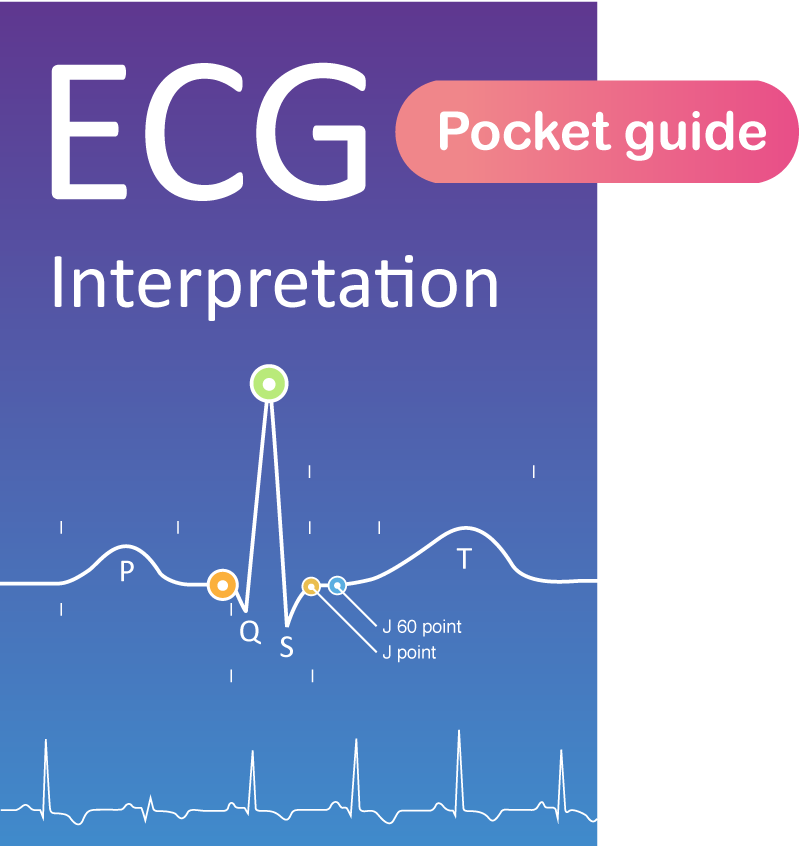Back to Book/course
Clinical Echocardiography
0% Complete
0/0 Steps
-
Introduction to echocardiography and ultrasound imaging12 Chapters
-
Physics of ultrasound
-
The ultrasound transducer
-
Technical aspects of the ultrasound image
-
Two-dimensional (2D) echocardiography
-
Optimization of the ultrasound image
-
M-mode (motion mode) echocardiography
-
Doppler effect and Doppler echocardiography
-
Pulsed Wave Doppler
-
Continuous Wave Doppler (CW Doppler)
-
Color Doppler
-
Tissue Doppler (Tissue Velocity Imaging)
-
Artifacts in ultrasound imaging
-
Physics of ultrasound
-
Principles of hemodynamics5 Chapters
-
The echocardiographic examination3 Chapters
-
Left ventricular systolic function and contractility11 Chapters
-
Left Ventricular Function
-
Myocardial Mechanics: Structure and Function of Myocardial Fibers
-
Ventricular Pressure-Volume Relationship: Preload, Afterload, Stroke Volume, Wall Stress & Frank-Starling's law
-
Assessing left ventricular systolic function
-
Left ventricular mass and volume (size)
-
Ejection fraction (EF): Physiology, Measurement & Clinical Evaluation
-
Fractional shortening for estimation of ejection fraction
-
Strain, strain rate and speckle tracking: Myocardial deformation
-
Left Ventricular Segments for Echocardiography and Cardiac Imaging
-
The Coronary Arteries
-
Regional Myocardial Contractile Function: Wall Motion Abnormalities
-
Left Ventricular Function
-
Left ventricular diastolic function3 Chapters
-
Cardiomyopathies6 Chapters
-
Heart failure: Causes, types, diagnosis, treatments & management
-
Echocardiography in cardiomyopathies: an overview
-
Hypertrophic Cardiomyopathy (HCM) & Hypertrophic Obstructive Cardiomyopathy (HOCM)
-
Dilated Cardiomyopathy (DCM): Definition, Types, Diagnostics & Treatment
-
Arrhythmogenic Right Ventricular Cardiomyopathy / Dysplasia (ARVC, ARVD)
-
Tachycardia induced cardiomyopathy
-
Heart failure: Causes, types, diagnosis, treatments & management
-
Valvular heart disease8 Chapters
-
Miscellaneous conditions5 Chapters
-
Pericardial disease2 Chapters
Section 6,
Chapter 2
In Progress
Echocardiography in cardiomyopathies: an overview
Section Progress
0% Complete
Definition and types of cardiomyopathies
Cardiomyopathy implies that the myocardium is structurally and functionally altered, and the pathological changes are not explained by coronary heart disease, hypertension, valvular disease or congenital heart disease. Cardiomyopathy leads to impaired cardiac function and heart failure.
There are six main types of cardiomyopathy:
- Hypertrophic cardiomyopathy (HCM) — This type of cardiomyopathy is characterized by pronounced hypertrophy of the myocardium. It may also lead to obstruction of the LVOT (Hypertrophic Obstructive Cardiomyopathy, HOCM).
- Dilated cardiomyopathy (Dilated Cardiomyopathy, DCM).
- Arrhythmogenic Right Ventricular Cardiomyopathy / Dysplasia (ARVC/ARVD)
- Restrictive Cardiomyopathy (RCM)
- Takotsubo cardiomyopathy (broken heart syndrome, apical ballooning syndrome).
- Non-compaction cardiomyopathy
